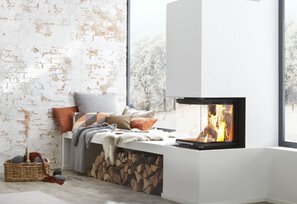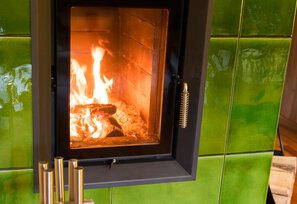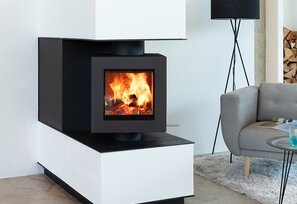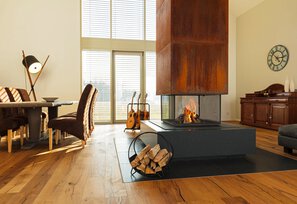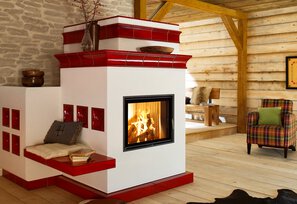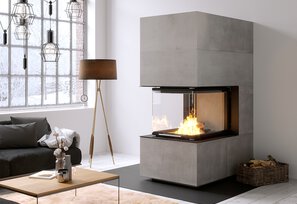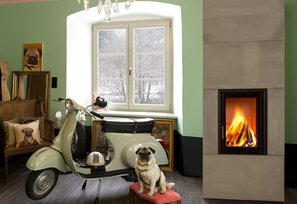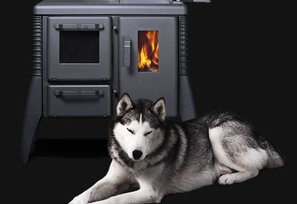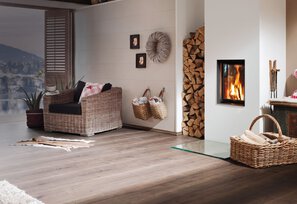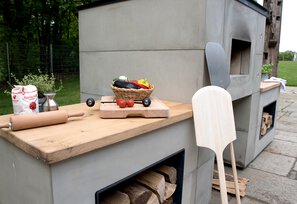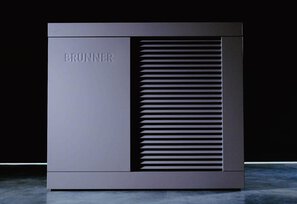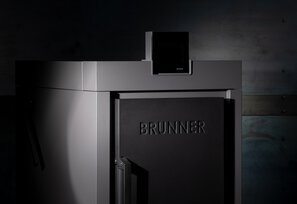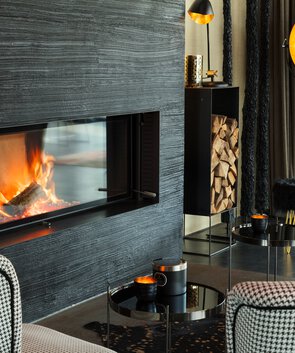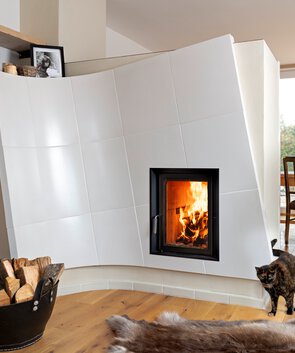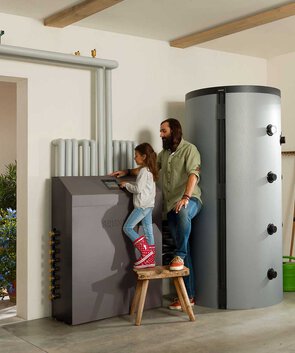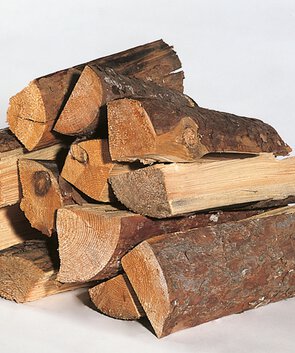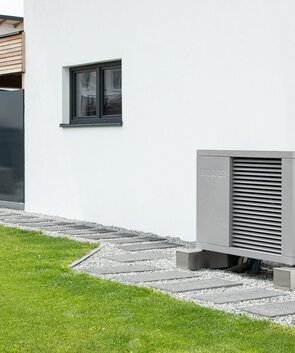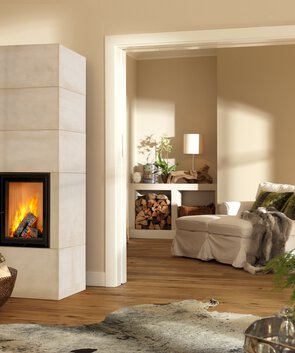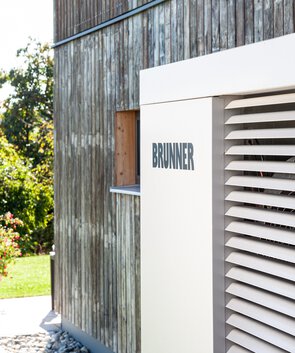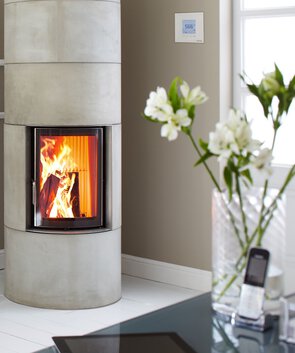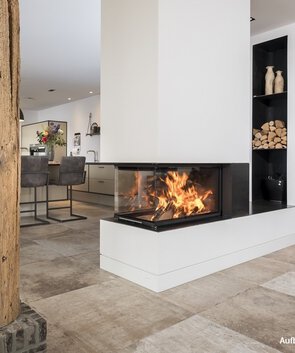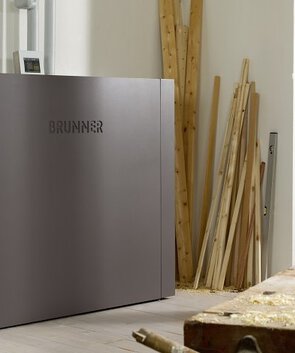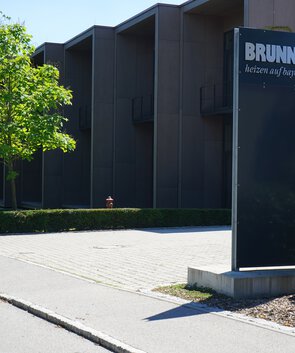Soot: What is it and what can I do about it?
Brown stains on the chimney, plus an unpleasant smell: Soot - also called "chimney destroyer" - comes on insidiously and is often only noticed when it is already too late. Soot is like evil diseases: Only when clear symptoms appear - in this case brown stains on the wallpaper behind which the chimney passes, small cracks or a chemical smell in the room - does it become clear that something is wrong. The chimney sweep confirms it: The chimney is sooty.
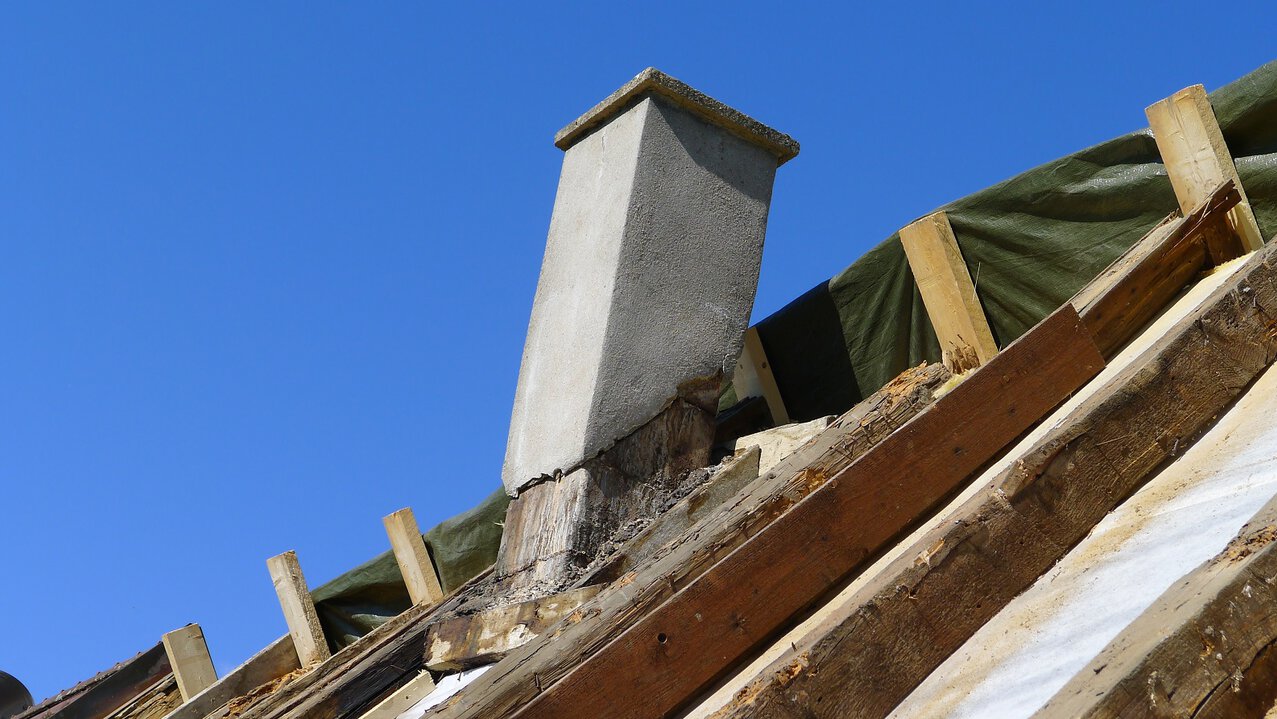
What exactly is soot?
Burning wood produces flue gases that flow into the chimney, where they are cooled down before they are released into the open air. If these gases have a too low temperature from the beginning - because the temperature in the fireplace was already too low and the stove or chimney was on smouldering fire - the gases reach their dew point while still in the chimney. They condense and change from a gaseous to a liquid state. The chimney becomes damp and substances are deposited. A long, creeping chimney destruction begins, which only becomes visible after years.
Causes: damp wood, low air supply, temperature too low
There are many reasons for chimney soot. It is often related to the fact that permanently damp wood is used. As a result, a lot of energy is lost due to the high water content, the flue gas temperature is not high enough and condensation in the chimney increases. Incorrect adjustment of the air supply can also be to blame. As mentioned above, this can lead to inefficient combustion or smouldering fires, in which unburnt heating gases settle in the chimney due to the low temperatures.
Either deficiencies in the construction or planning, or obsolescence can also cause chimney soot. For example, if the cross-section of the chimney is too large, the gases can condense too early.
This helps against soot
Only use dry wood, in case of doubt a wood moisture meter can provide safety.
Adjust the air supply and chimney draught correctly for an optimal and clean combustion.
Have the chimney and stove pipe checked regularly by the chimney sweep.

Conclusion
Chimney soot is more than an unsightly, smelly affair. In the worst case, a renovation or a new chimney system is complex and costs a lot of money. The good news: Soot can be prevented relatively well by operating the fireplace correctly - relevant is the air supply -, with dry fuel and regular checks.
In order to prevent soot in the chimney and also to get the best calorific value out of your fuel, it is essential to observe the current regulations. Optimum and clean combustion will ultimately save you money.
